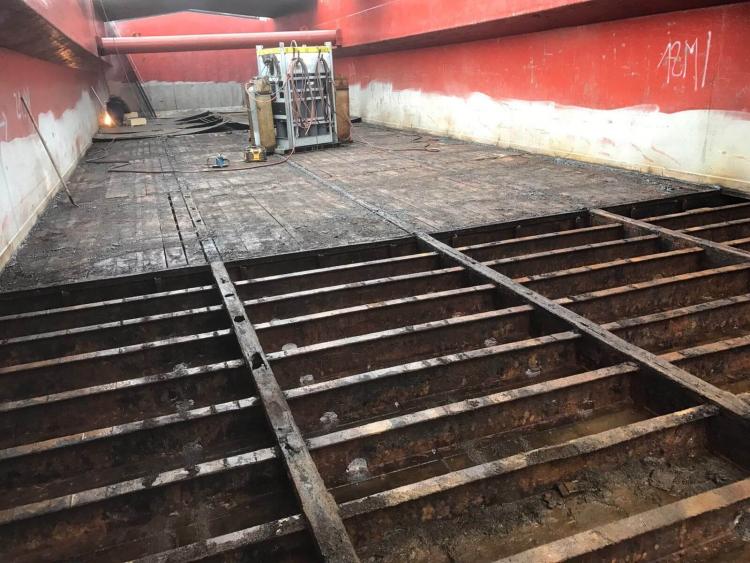Finishing wood
On the reclamation market there are many wooden products that can be used as finishing materials, both inside, for floors and panelling, and outside, for cladding and terraces. These elements come from various sources: old agricultural structures; maritime infrastructure, industrial applications, etc. They usually have originally the form of planks, but thicker elements or panels can also be found.
Their years of exposure to use and weathering have left traces that make reclaimed wood much appreciated: variations in colour due to sun or rain, traces of centuries of processing, deep grooves, etc. In addition, elements of wood that have been used before are mechanically more stable than new wood; and wood that was felled decades or sometimes centuries ago is of a very high quality, as the trees were given more time to grow.
Finished wood is typically available from traders specialising in one or more of the products listed below.















